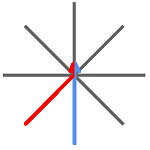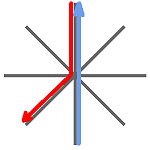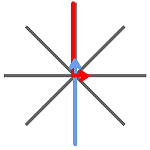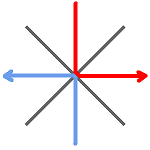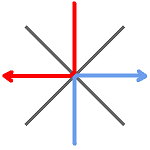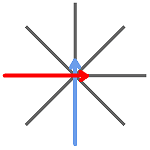Can You Count The Crashes?¶
Riddler Classic¶
From Ben Edelstein comes a crash course in probability:
Eight two-way roads all converge at a single intersection, as shown in the diagram below.
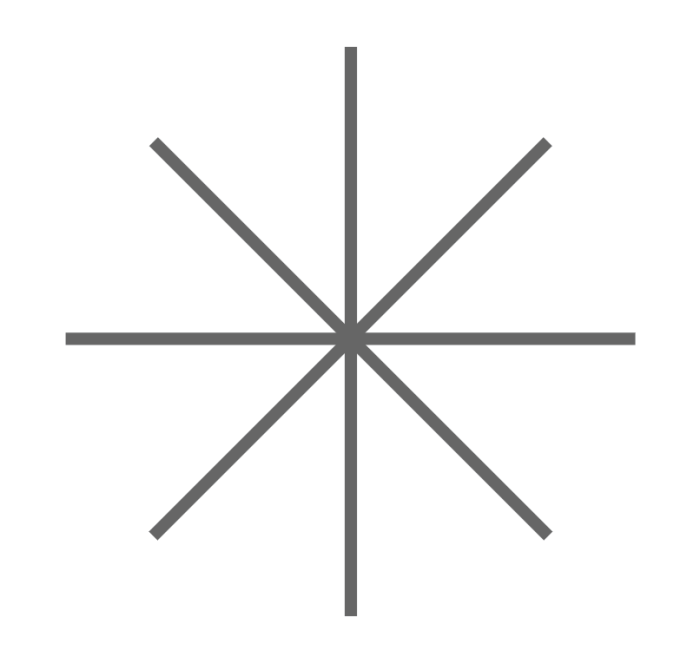
Two cars are heading toward the single intersection from different directions chosen at random. Upon reaching the intersection, they both turn in a random direction (where proceeding straight is a possible “turn”) — however, neither car pulls a U-turn (i.e., heads back the way it came).
In some cases, the paths of the cars can be drawn so that they do not cross. In this case, all is well.
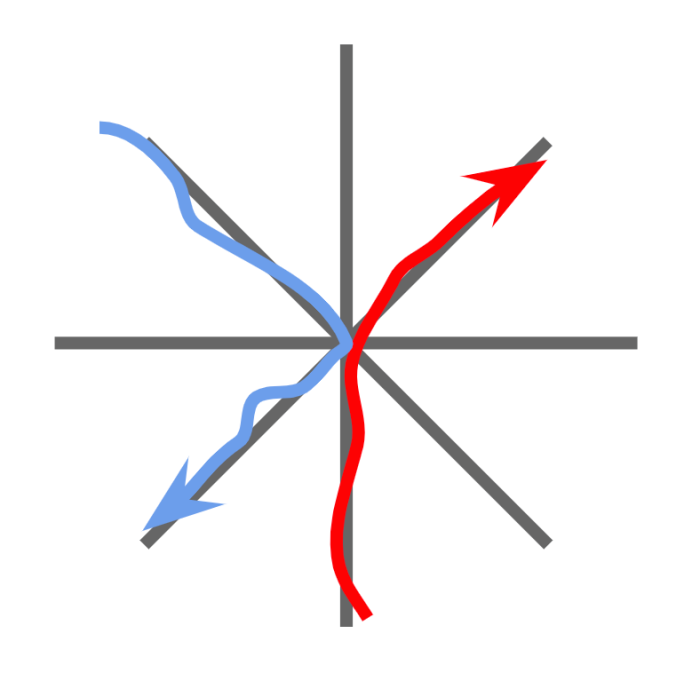
However, in other cases, the paths must cross. In this event, the cars will crash.
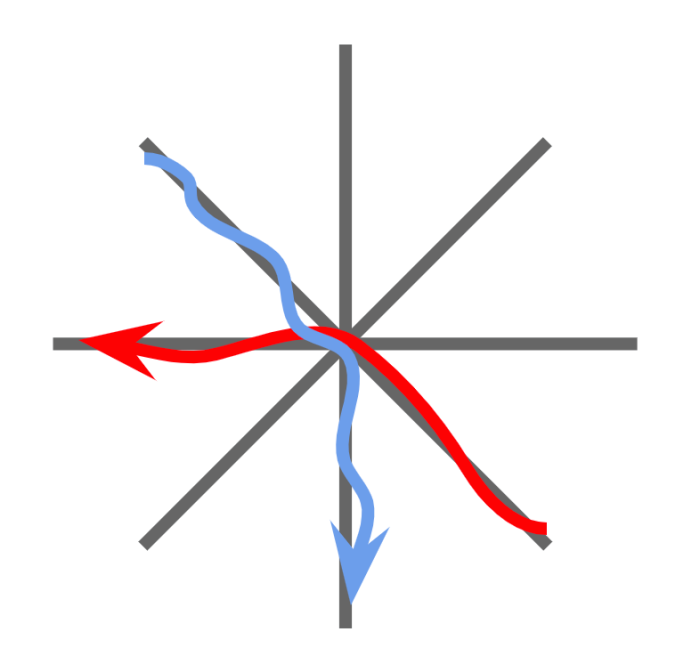
What is the probability the cars will crash? (If both cars head off in the same direction, that also counts as a crash.)
Extra credit: As the number of two-way roads converging at the intersection approaches infinity, what value does the probability of crashing approach?

